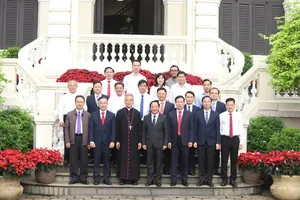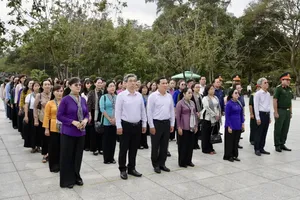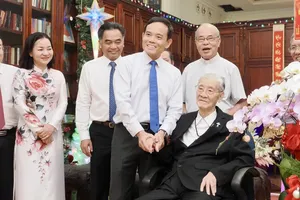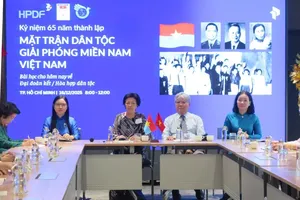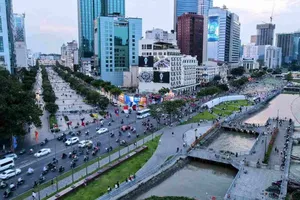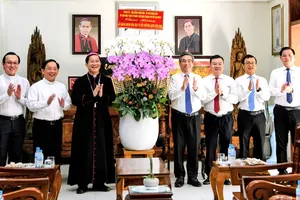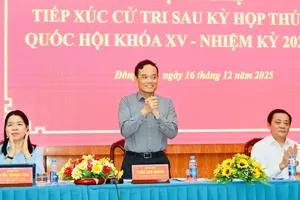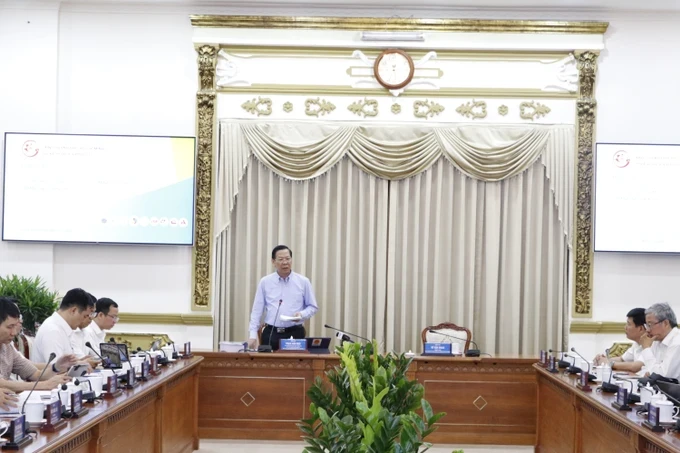
The primary focus of the three planning alternatives for HCMC in the 2021-2030 period, with a vision to 2050, is to remove congestion, prioritize highly feasible investments for a better future. This can be achieved via six major missions and four breakthroughs, mainly in the aspects of institutional and administrative reform, attraction and effective use of available capital to fulfill the assigned targets by the Politburo.
Simultaneously, the territory is restructured based on infrastructure and human resources development to satisfy the demands of green growth and economic shifting to become more innovative. In this new economic structure, industry and service play vital roles, supported by other economic sectors like digital, circular, marine, and urban economies. The ultimate result is rapid and sustainable development.
Director of the HCMC Department of Industry and Trade Bui Ta Hoang Vu voiced that it is important to clearly identify the aspiration and vision of the city until 2050 to consistently devise and then apply the city planning. He proposed that the minimal goal is to achieve the assigned missions in Resolution No.31 by the Politburo, and that a scenario of a two-digit growth rate should be chosen.
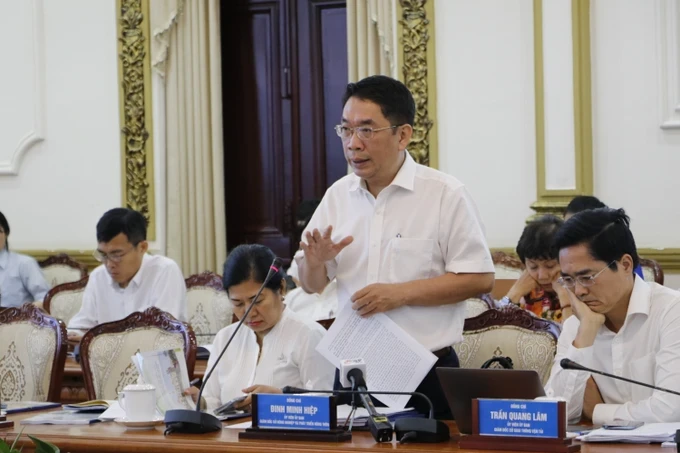
Dr. Tran Du Lich, member of the planning devising team, shared that HCMC used to enjoy the two-digit growth rate before seeing a drop since 2011. He suggested a more thorough planning document with specific details related to each state department and agency should be created. It is also wiser to move towards green growth and digital economy, while the city planning and its master planning should be corresponding.
In his conclusion speech, Chairman Phan Van Mai of the HCMC People’s Committee stressed that the HCMC planning and its master planning are critical documents to direct the future development not only of the city itself but also of the country. Hence, he requested these documents should be carefully, scientifically, and urgently prepared. The Steering Committee, related state departments and agencies, and all localities must determinedly complete their duty in this process.
Analyzing the strengths and important role of HCMC in the Southern key economic zone, Chairman Mai asked for unification between the city planning and its master planning in close relationship with the Southeast region planning. In particular, there must be a sensible focus on the advantageous industries of HCMC and the cooperation among all localities in the region to display a strong connection. New promising industries should receive proper attention as well, along with internal industry structuring for more breakthroughs.
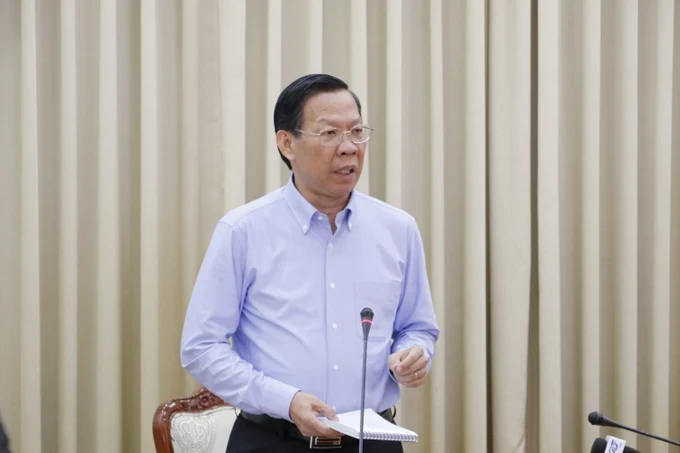
The Chairman also requested that each member in the Steering Committee try to fulfill their assigned tasks to offer timely directions to state departments and agencies, localities in their working sessions with consultation units to select the most suitable scenario for HCMC.
The two departments of Planning and Architecture and Planning and Investment must pinpoint the common details in the city planning and its mater planning. The two departments of Home Affairs and Planning and Architecture must collaborate with the consultation units for a correlation between the city planning and the project to restructure administrative units at district and commune levels, the project to upgrade a suburban district into urban one or a city under HCMC.
Emphasizing the five aspects set out in the planning research task, the Chairman asked for clarification of the critical matters of green economy, innovative urban area, smart infrastructure, civilized society, and sustainable environment. These five aspects, especially environment and society, should be carefully studied to show off the identity, and ultimately the civilization, of HCMC.
As to the growth scenario, Chairman Mai proposed more concentration on the one until 2030 so as to reach the 8-percent growth rate goal set forth in Resolution No.31 by the Politburo. From 2030, this figure may be 10 percent or above. With that in mind, the congestion will be effectively removed via the implementation of new potential models. Future breakthroughs, particularly in institution, should be identified. Finally, related units must work to complete the draft planning in the first quarter of next year.

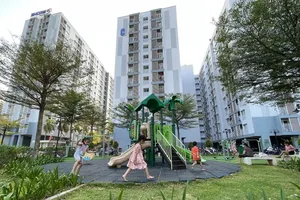

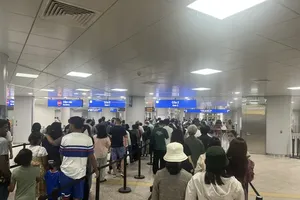
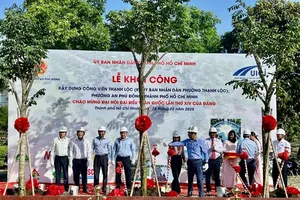
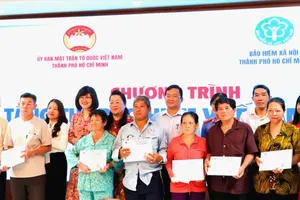
)

